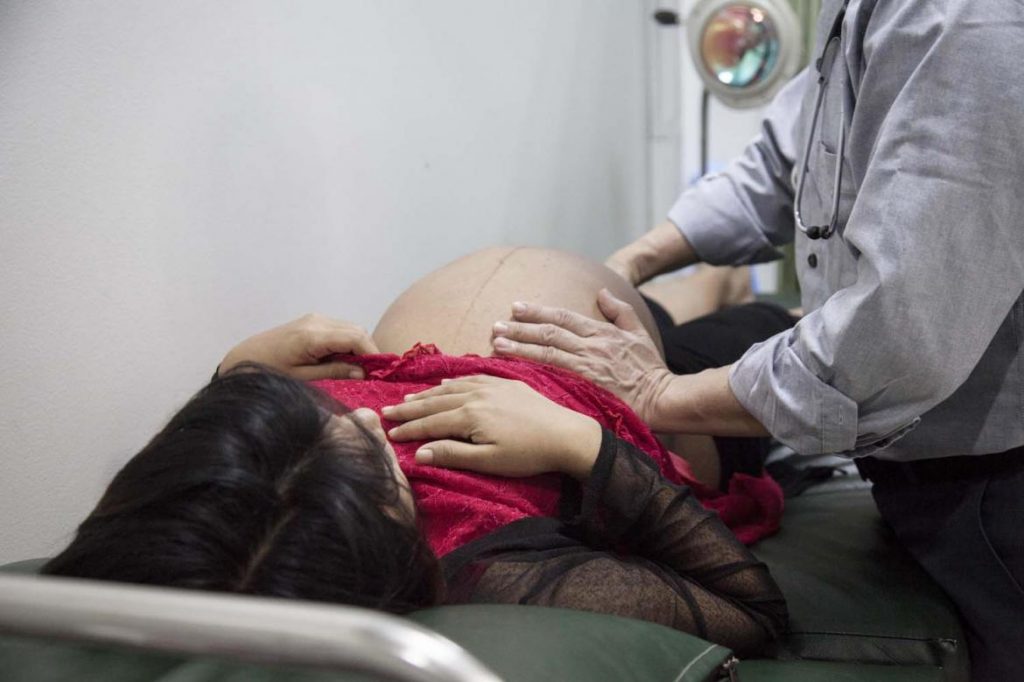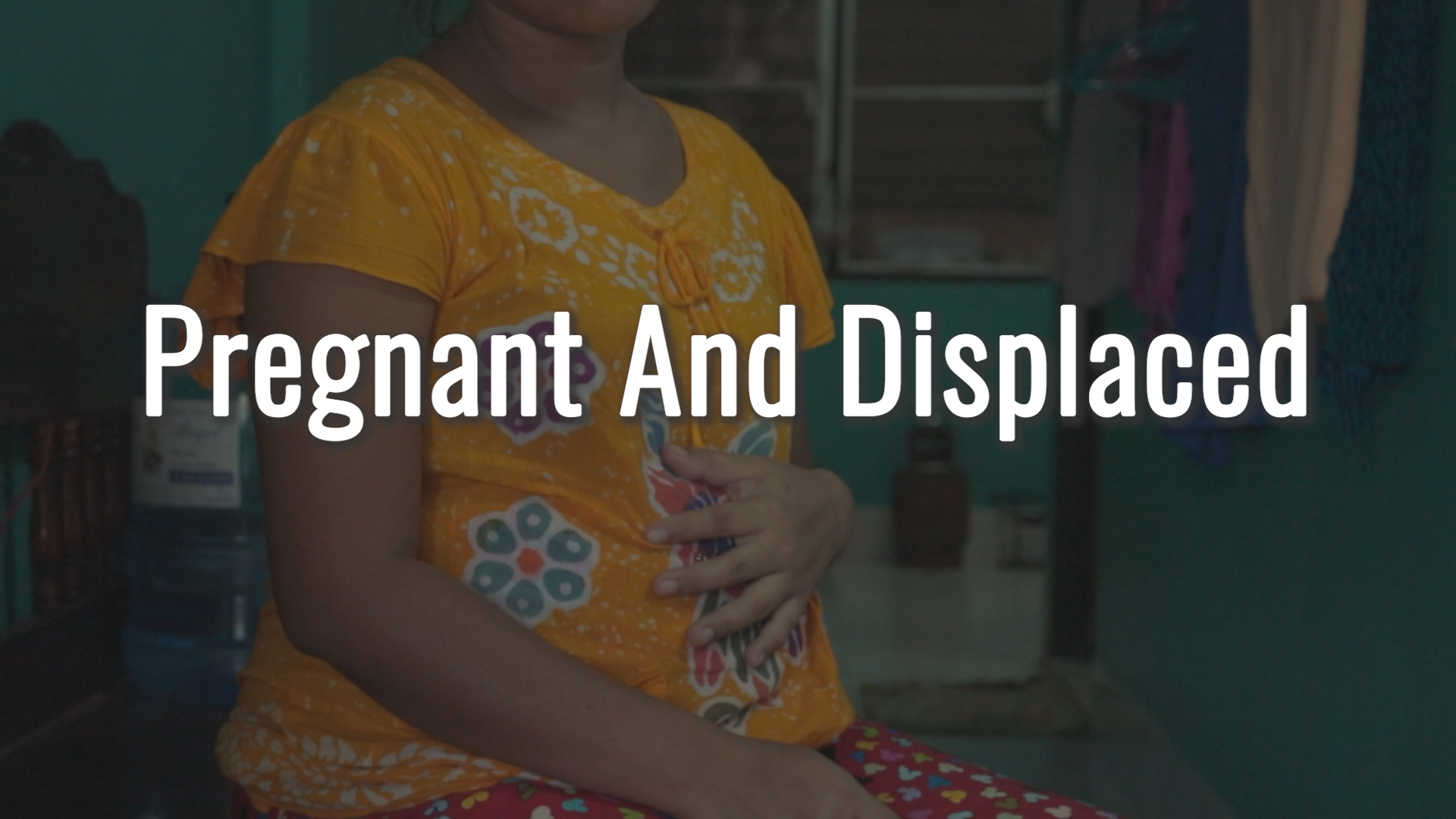Without proper screening, half of the one in seven pregnant women in Myanmar with gestational diabetes will develop type 2 diabetes within five years, leading to huge healthcare costs and drastically shorter lives.
By DAVID LUTHER | FRONTIER
LIKE ONE IN seven pregnant women in Myanmar, Ma Phyu Phyu suffered from gestational diabetes. The diagnosis was made in the fifth month of her pregnancy and she was referred to a diabetes clinic, where doctors recommended changes to her diet and prescribed a medication.
These helped keep her blood-sugar levels normal during pregnancy, lowering the risk that she or her baby would suffer birth injuries, eclampsia and perinatal death. Once her baby was born, the gestational diabetes was resolved. The medication was stopped and Phyu Phyu did not return to the diabetes clinic.
All’s well that ends well? Not quite. But before returning to Phyu Phyu, some background on diabetes.
Diabetes mellitus is characterised by elevated blood-sugar levels. The term “mellitus” – Greek for honeyed – was applied to the disease by Thomas Willis in the 17th century, but as far back as the fifth century BC doctors were diagnosing diabetes based on the sweet, honeyed taste of their patients’ urine.
Support more independent journalism like this. Sign up to be a Frontier member.
Today we are in the grip of a global diabetes epidemic, of which the Asia-Pacific region is the epicentre. This is incurring huge social and financial costs that are only going to increase in the years ahead.
The numbers are truly eye watering. Last year, the American Diabetes Association published a paper in Diabetes Care that estimated the absolute global economic burden of diabetes was US $1.3 trillion in 2015. That figure will rise to $2.1 trillion in 2030 – if ambitious targets are met, such as halting the rise in diabetes and obesity. If we continue on the current trajectory, it will be more like $2.5 trillion, and lower-income countries will carry a greater share of future costs than higher-income countries.
Preventing diabetes is known to be vastly more cost-effective than treating established cases. The extent to which lower-income countries can effectively implement diabetes prevention and screening programmes will define their health outcomes for generations and, in turn, have immeasurable effects on economic development.
There are two main types of diabetes: type 1 and type 2. Type 1 diabetes is autoimmune in origin: the body’s own immune system attacks and destroys pancreatic cells that produce insulin. Type 1 diabetes usually presents in childhood and treatment consists of insulin replacement injections. Type 2 diabetes is characterised by resistance to insulin. It is strongly associated with a high-sugar diet, sedentary lifestyle and obesity. It accounts for the overwhelming majority of global diabetes cases and is entirely preventable.
Diabetes is one of the four priority non-communicable diseases (NCDs) targeted in the 2011 Political Declaration on the Prevention and Control of NCDs. As part of the 2030 Agenda for Sustainable Development, the United Nations aims to reduce premature mortality from NCDs by one third. Myanmar has a mortality rate due to NCDs of 47.3 per 100,000 people, according to the UN Development Programme. This is more than twice the Southeast Asian and world averages of 21.5 and 19.4, respectively.
Three of the four NCDs – cardiovascular disease, cancer and diabetes – are strongly linked to obesity. While cardiovascular diseases are the leading cause of death worldwide, in lower-income countries heart attacks kill abruptly and cause little burden to the health system. Similarly, 70 percent of cancer diagnoses in lower-income countries are made so late that expensive treatments such as radio- and chemotherapy are not an option.
Conversely, diabetes is a slow and expensive killer. Its complications include limb amputations, blindness and dialysis. These can last for years, and place huge burdens on national and household budgets.
The prevalence of diabetes in Myanmar is approximately 10 percent, but little more than half of these cases have been diagnosed. A further 20 percent of the population have “pre-diabetes”, with blood sugar levels that are elevated but have not yet reached the threshold for diabetes. Research carried out by the International Diabetes Federation showed that in 2017 diabetes was a factor in 60.7 percent of deaths under 60 years in Myanmar.
So what of Phyu Phyu? Gestational diabetes mellitus is a temporary condition of pregnancy. Hormones associated with pregnancy induce a pro-diabetic state, and so pregnancy often unmasks a predisposition to diabetes.
Unbeknown to her, Phyu Phyu’s blood sugar levels started to rise again over the year following the birth of her child, and she began to develop irreversible, but as yet undetected, damage to her nerves and kidneys. A further seven years later, with her child now at school, Phyu Phyu developed ulcers on her feet and started having difficulties with her vision.
After several tests, she was diagnosed with diabetic neuropathy, diabetic retinopathy and diabetic nephropathy. All were irreversible. Her healthcare costs spiralled. A further 10 years on, gangrenous diabetic ulcers necessitated bilateral below-knee amputations. By this point, at the age of 45, she was nearly blind.
Phyu Phyu’s path is well trodden.
- Approximately one in seven pregnant women in Myanmar develop gestational diabetes.
- Untreated gestational diabetes increases risks in pregnancy to both mother and child, including eclampsia, birth injuries and perinatal death.
- Gestational diabetes confers increased lifetime risk of obesity and type 2 diabetes to the unborn child.
- 50 percent of women with gestational diabetes have type 2 diabetes within five years.
- Without screening programmes, there is an average 10-year delay between onset of diabetic damage and diagnosis of type 2 diabetes.
- During these 10 years, irreversible damage occurs to almost every organ system.
- Healthcare costs for diabetics are up to four times higher than non-diabetics.
- Life expectancy for type 2 diabetics is 10 years shorter than non-diabetics.
But late detection of type 2 diabetes after gestational diabetes is entirely avoidable. International consensus is to perform screening at six weeks after birth, six to twelve months after birth, and then every three years thereafter. This strategy is known to save money and lives. Here in Myanmar, post-partum screening is offered sporadically at best.
In August 2018, the Gestational Diabetes Mellitus Clinic at Yangon General Hospital became the first state-funded clinic in Myanmar to offer free postpartum screening. It also started developing resources to educate women about the importance of this screening.
This clinic provides a model that other clinics can replicate. But low health-literacy levels mean uptake remains low, and much work is required before postpartum screening of gestational diabetes patients becomes a standard of care.







